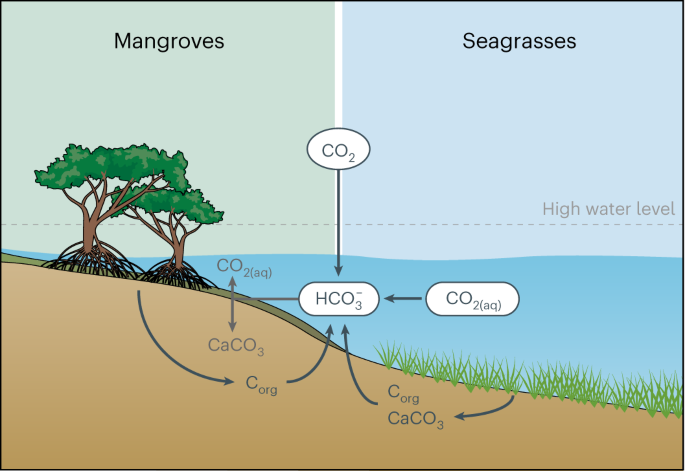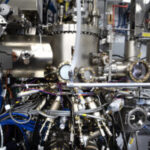2023-03-02 英国・サセックス大学

・ サセックス大学が、食品用の海藻を使用したハイドロゲル材料による、完全に生分解性のウェアラブルヘルスセンサーを開発。
・ 新センサーは、ゴムやプラスチックベースのセンサーに比べより環境に優しく、「エディブル(食べられる)・エレクトロニクス」と呼ばれる安全な電子デバイスを開発する新興の科学分野に属する。
・ 天然の岩塩、水と海藻とグラフェンを組み合わせたサステナブルな材料で、ウェアラブルヘルスモニターに使用されている既存の合成ハイドロゲルやナノ材料によるセンサーを超える検出性能を提供する。
・ 絶縁体である海藻に臨界量のグラフェンを添加した構成の導電性フィルムを塩水に浸し、吸水して柔らかなスポンジ状の導電性ハイドロゲル材料を作製する。
・ 天然の原料を使用した安全な新センサーは、第二の皮膚やシール型のタトゥーのような軽量で装着し易い次世代の臨床グレードのウェアラブルセンサーとしてヘルスモニタリング技術に革新をもたらし、侵襲的な機器やワイヤ等を不要にし、患者経験価値を大幅に向上させる可能性がある。
URL: https://www.sussex.ac.uk/news/research?id=60236
<NEDO海外技術情報より>
関連情報
ACS Sustainable Chemistry & Engineering 掲載論文(フルテキスト)
Food-Inspired, High-Sensitivity Piezoresistive Graphene Hydrogels
URL: https://pubs.acs.org/doi/10.1021/acssuschemeng.2c06101
Abstract
There is a societal need for electronic materials to meet sustainability standards to facilitate the creation of easily disposed of green devices. Commonly, polymer-based materials applied to create strain-sensing devices utilize hazardous solvents and nonrecyclable resources that are unsuitable for these goals. Here, we demonstrate a simple system based on food-grade algae that we mix with a pristine, aqueous graphene suspension to create nanocomposite films that were processed into biodegradable hydrogels, again using food-based culinary products. We report our hydrogels to have record low Young’s moduli of ∼0.6 Pa for a nanocomposite and record high gauge factors of G ∼ 50 for a hydrogel system. Our sustainable graphene algae hydrogels were so sensitive that they could measure an object just 2 mg in mass, equivalent to a single rain droplet, impacting their surface.



